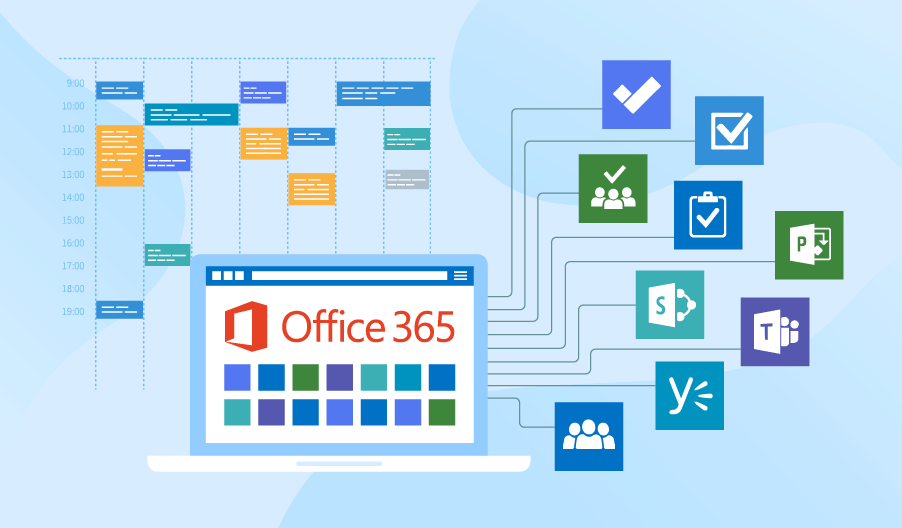Every business needs a powerful and secure email system. And with more and more users signing up for Microsoft Office 365, it might be worth considering for your office.
But before you make the switch, you need to know what it will take to migrate your team’s inboxes to Office 365. Let’s go through the basics.
Migration is when all your mailboxes and connected data is transferred to Office 365. There are many different ways to switch email systems — and in order to make sure your emails, contacts, and calendars are transferred securely, you should expect to need at least a little Office 365 migration support.
To help simplify your process, we’ll go over the two most basic migration options: staged and cutover.
Office 365 Cutover Migration
A cutover is the simplest and quickest option — but not everyone qualifies for it.
In a cutover migration, all mailboxes are transferred to Office 365 in one big batch using IMAP or RPC over HTTP. All in all, the process can take anywhere from a weekend to eight weeks, depending on how much you’re migrating. If you’re currently using Outlook, Exchange 2003, Exchange 2007, Exchange 2010 or Exchange 2013, and you have less than 2,000 mailboxes, you qualify for the cutover method.
It’s the fastest method and users can generally start using Office 365 right away. Plus, old and new emails are immediately available. Like any other migration method, though, some preparation of mailboxes and calendars is required.
Office 365 Staged Migration
A staged migration to Office 365 can take a bit longer but is good for large businesses. Microsoft recommends this method if your source email system is Microsoft Exchange Server 2003 or Microsoft Exchange Server 2007, and you have more than 2,000 mailboxes.
Unlike cutover migrations, staged migrations require the transfer to happen in batches. That means the process could take weeks to complete.
Because this method can take a while, it’s recommended that you only transfer emails from the past six months or so, at first. After the entire office has been transferred to Office 365, you can start to migrate older data. While staged migrations tend to be a little more complicated than cutovers, they do allow more time for offices to adjust.
Other methods of migration
You can also look into hybrid migrations, in which you transfer certain Microsoft apps to the cloud while leaving others on-premise. This is a good option for medium-sized organizations with heavily customized tools.
Finally, third-party migrations require the help of a Microsoft Consulting Partner and are best for offices that don’t qualify for other approaches and companies that want to reduce risks. A strong partner can help make sure that your migration goes smoothly and complete any advanced settings and set up for your business.
